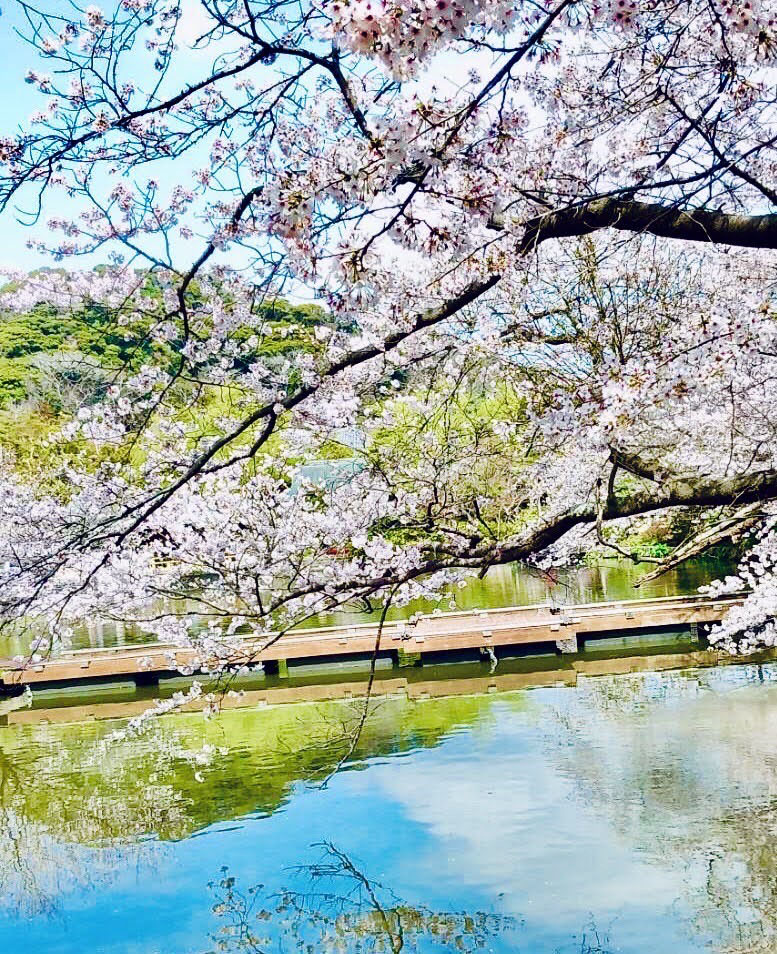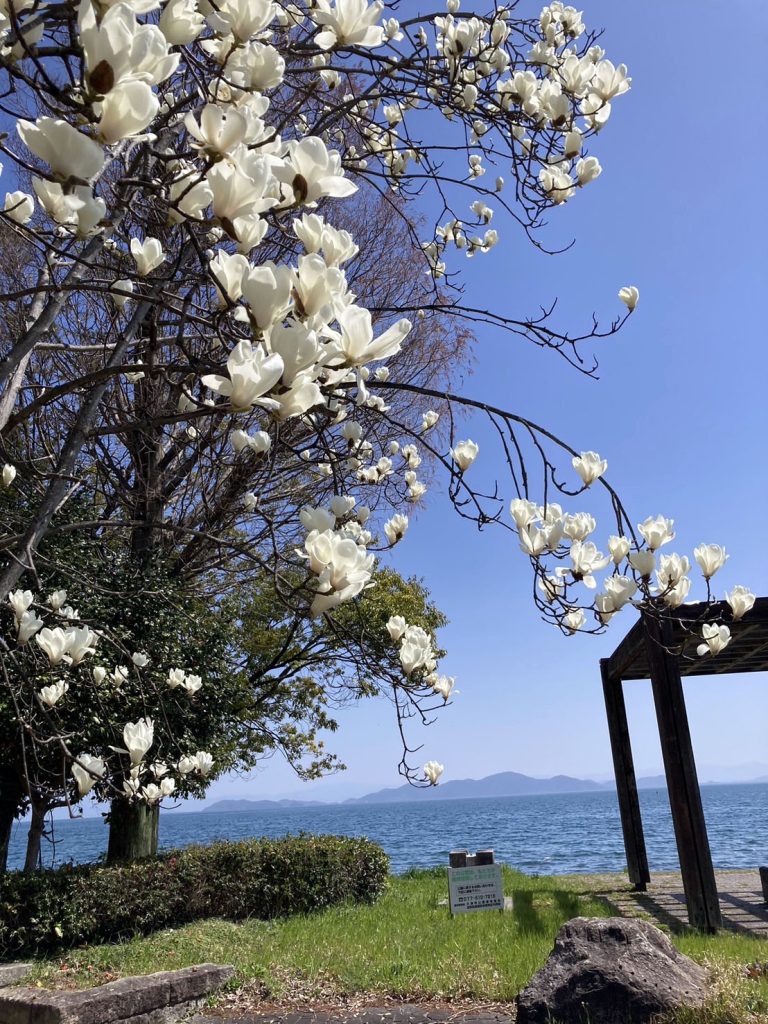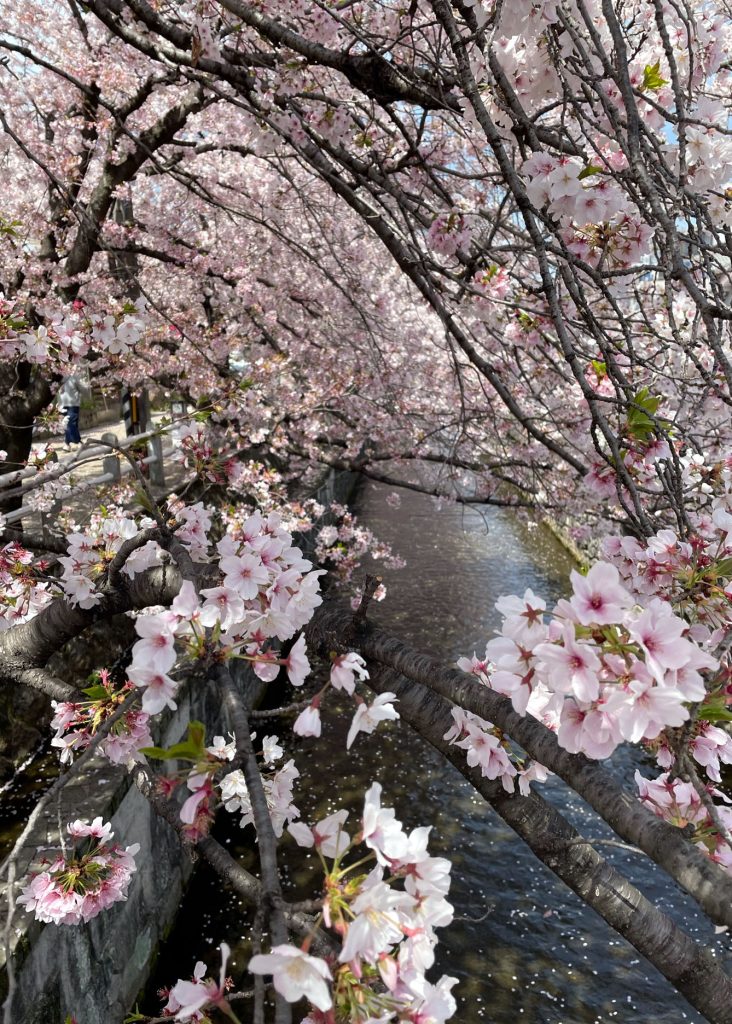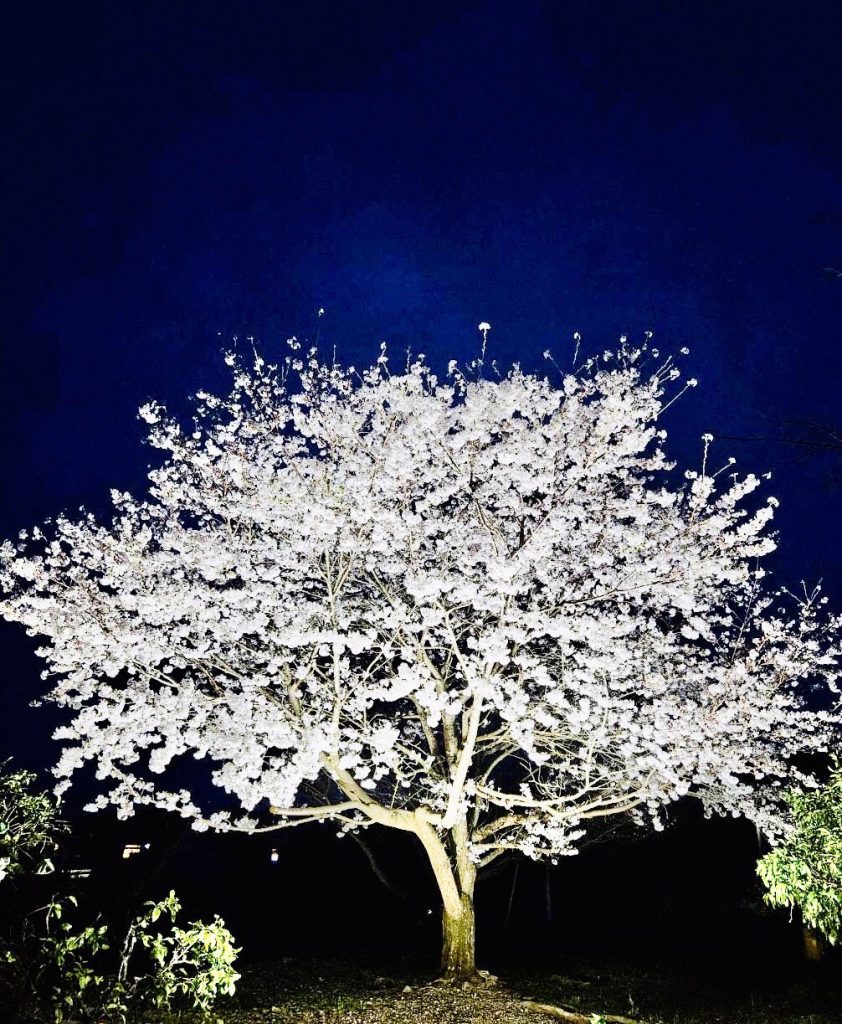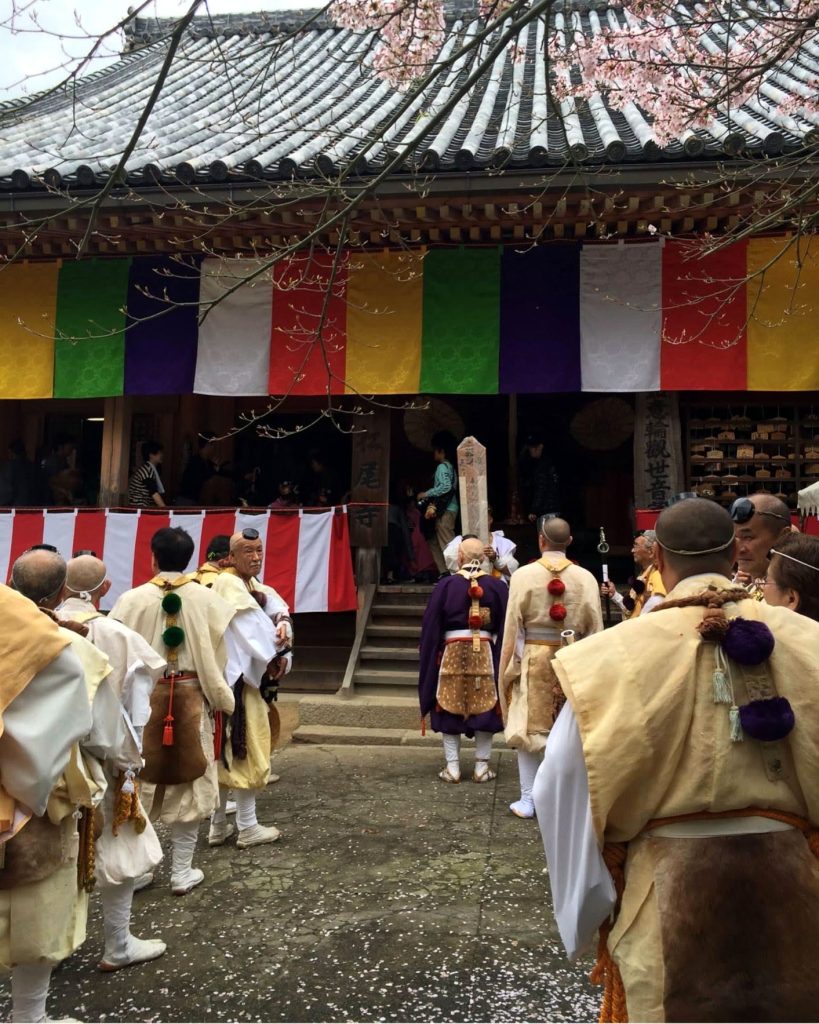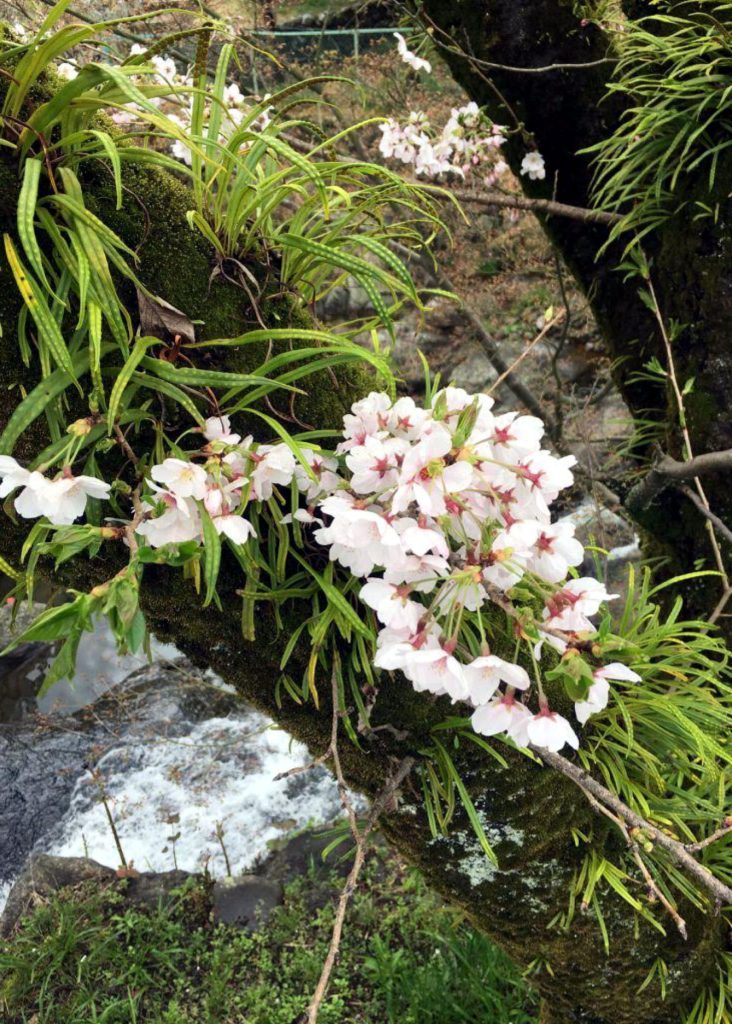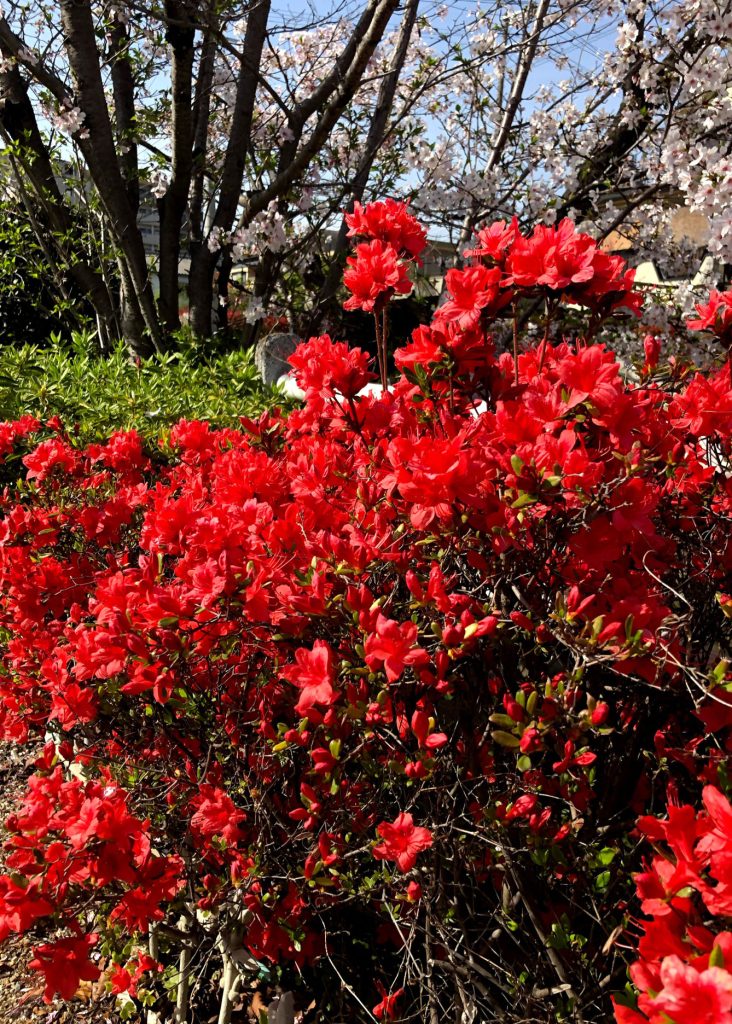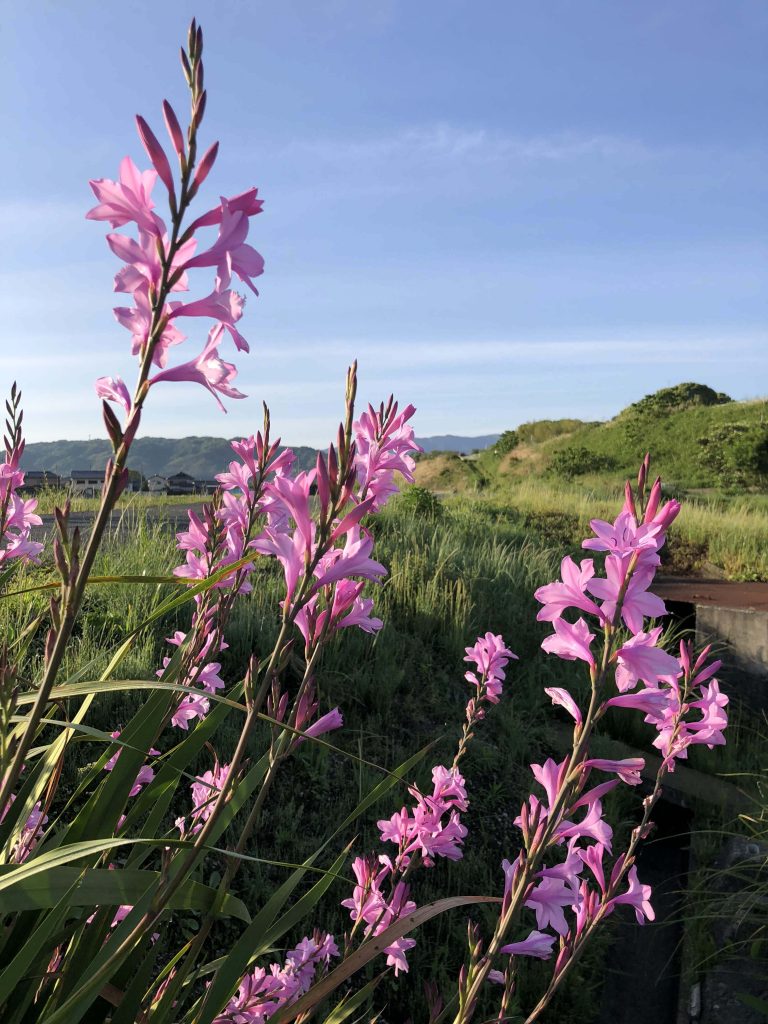
During this season, what I’m most curious about is this Watsonia. It’s been over 10 years since I first encountered it. While walking along the farm road in the rice fields, it was blooming sharply next to a rusty little sluice gate. Since there were no other flowers around in the barren landscape, it stood out even more. Of course, I didn’t know the name of the flower back then. There weren’t search sites like today’s Google Lens. With no way to look it up, I visited a botanical center in Nagai, Osaka. With the help of the curator there, I learned that this flower is called Watsonia, known in Japanese as “Hiogi Suisen”. It’s native to the Cape region of South Africa, and its scientific name, Watsonia, was named after the 18th-century British botanist William Watson. By the way, the flower language of Watsonia is said to be “abundant heart” and “intelligence”.
この時期になると一番気になるのがこのワトソニアです。一番最初に出会ってからもう10年以上になります。田んぼの中の農道を歩いていたら、錆びついた小さな水門のそばにきりりと咲いていました。辺りには花らしい花も見当たらない殺風景な場所に咲いているので余計に目立ちます。もちろん花の名前も分かりません。その頃はまだ今のGoogle レンズの様な検索サイトもありません。調べ様がないので、大阪市の長居にある植物センターに足を運びました。そこの学芸員の助力で、この花がワトソニア、和名を檜扇水仙ということを知ることができました。南アフリカケープ地方原産で、学名の Watsonia は18世紀のイギリスの植物学者ウィリアム・ワトソン(William Watson)氏の名に因んで付けられた名称であることも知りました。ちなみに、ワトソニアの花言葉は「豊かな心」「知性」だそうです。

